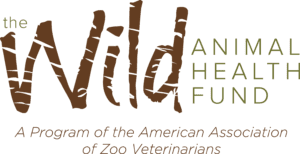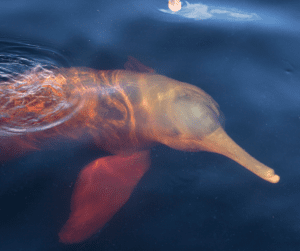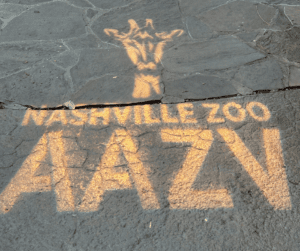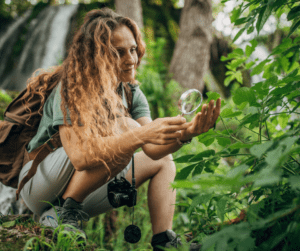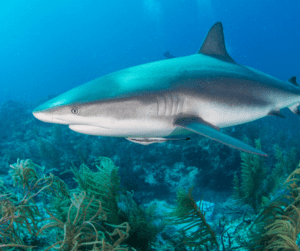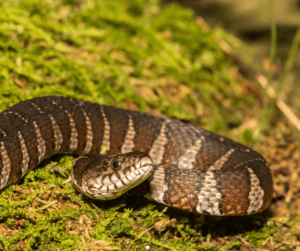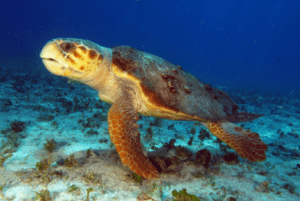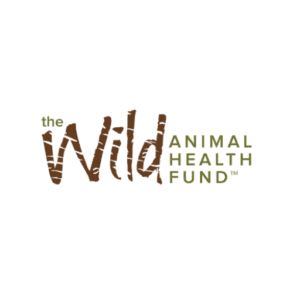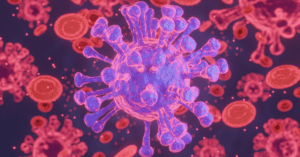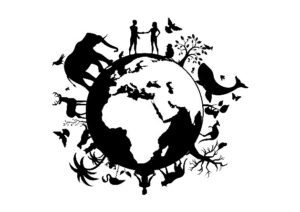Wild Animal Health Fund Blog
With the support of the Wild Animal Health Fund, two zoo and wildlife veterinarians were called to assist in a major conservation situation in the Santa Cruz region of Bolivia. Landscapes in this area are rapidly changing due to farming and forest fires. Rivers…
Read MoreBy Sydney Kirk, PR and Fundraising Associate, on October 12, 2023 Last month I was a foot away from a clouded leopard and met the most brilliant minds I have ever had the pleasure of coming across. The Wild Animal Health Fund is a…
Read MoreDon’t put yourself in a box—there are dozens of career options to explore that help zoos and wild animals. A career working with wildlife is a rewarding job. You can see how your actions directly influence the lives of animals around the globe. Each…
Read MoreOffshore impact such as underwater noise and wind energy development has led to the decline of shark populations in many areas. In fact, elasmobranch abundance (sharks, rays, and similar animals) has declined globally by 71% in the past 50 years. To the average person,…
Read MoreSnakes have slithered around earth for hundreds of millions of years. These ancient reptiles help keep populations in check, regulate our environment, and some have even become beloved pets. Yet, they remain fascinating creatures. As with many species, there are still some things we…
Read MoreYes! In fact, experts believe that we are in the midst of the 6th mass animal extinction known to man, called the Holocene extinction. A mass extinction is when a high percentage of distinct species dies out in a short period of time. The…
Read MoreMarch 3rd of every year is World Wildlife Day, a day to celebrate the world’s wildlife and plants and the contribution they make to the planet. Wild animals and their biodiversity keep our ecosystems functioning and the world turning. While you’re celebrating today, remember that…
Read MoreZoonotic diseases are diseases and infections that are naturally transmitted between animals and people. The CDC recognizes over 150 of these diseases! Impacted animals can be wild or domestic, from the fish in the water to the monkeys in the trees. According to the…
Read MoreWildlife Conservation is the practice of protecting and preserving wildlife and their natural habitats to maintain healthy populations and prevent extinction. Why is this important? We are all connected. Everything has its purpose in the animal kingdom, and losing one species jeopardizes other species…
Read More